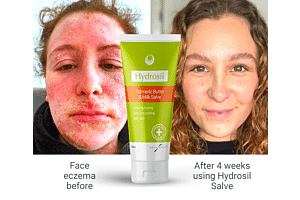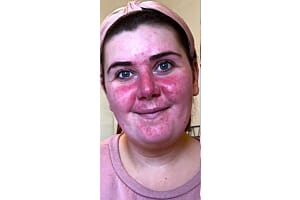A new study, published in the September 08 edition of the Archives of Dermatology, has found that sun damage to skin can accelerate the aging process by reducing the body’s production of collagen in response to the female sex hormone oestrogen.
19 September, 2008 – 14:15
Oestrogen naturally drops off after menopause, but excessive sun damage to skin causes a premature depletion of the hormone, which in turn stunts the production of collagen in the skin. Collagen is what gives skin its elasticity and plumpness and keeps wrinkles at bay.
Scientists at the University of Michigan Medical School in Ann Arbor, have been investigating whether the topical application of oestrogen make help improve the production of collagen on sun-damaged skin. The study group looked at the effects of applying moisturizing cream containing 0.01 percent, 0.1 percent, 1 percent, or 2.5 percent estradiol (oestrogen), or moisturizing cream only, to the skin of healthy volunteers with sun-damaged skin. The study participants included 40 post-menopausal women and 30 men of about the same age. The average age of the overall group was 75 years old.
After one week, collagen production increased in the sun-protected hip skin of the women and to a lesser degree in the men. But in the photo-aged facial and forearm skin, estradiol application had no effect on collagen production in men or women.
Analysis of skin biopsies after two weeks of treatment demonstrated that the photo-aged skin of the face and forearm and non-photo aged skin of the hip had the same concentration of oestrogen receptors. Levels of enzymes involved in oestrogen production were also similar in sun-exposed and sun-protected skin. It appears that the effect of sun exposure on oestrogen production was indirect and that oestrogen penetrated both sun-exposed and sun-protected skin to the same degree.







